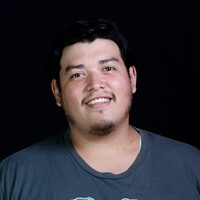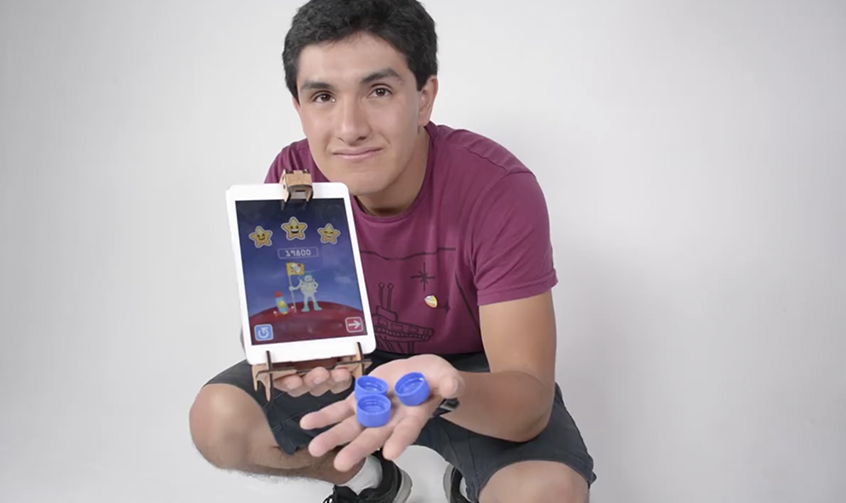Software
Adolfo Valdiviezo
Incorporating real world objects into digital education applications to accelerate learning

Latin America
Daniel Pérez Rada
He has created the world´s largest database for the systematic review of health-related studies to assist physicians in decision-making

Latin America
José Rivas
Anyone can create a bank account from their mobile phone without visiting the bank in person thanks to his platform

India
Umesh Sachdev
Umesh and Ravi Saraogi founded Uniphore Software Systems in 2008 aiming to extend the power of speech to revolutionize human-machine interaction and allow any software application to understand and respond to natural human speech.

Latin America
Oscar Sanchez
His cloud-based call center helps companies to provide telephone-based support services through a simple web link
